Induction welding steel pipes
2013/6/2 Views
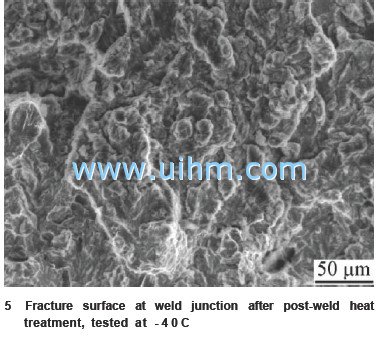
Keywords: Steel, Pipeline, Induction welding, Toughness, Crystallography
Introduction
High frequency induction heating is often used for brazing difficult alloys of iron1 '2 and for the welding of steel pipes.3 5 This process enables high productivity in manufacturing pipes with different dimensions, without using any welding consumables.6 The classical X60, X65 and X70 linepipe steels7 9 can, by using induction welding, be manufactured into pipes of 18 m in length, 0-5 m in diameter and 13 mm in thickness, for further connection into long distance conduits for natural gas or oil.1 0
An important parameter in ensuring the structural integrity of welded pipes which serve in difficult environments is toughness, which must be adequate across all of the zones influenced by the welding.1 1 16
In this work, the authors investigate a pipe induction welding process in which a narrow central zone with a coarse microstructure is formed at the weld junction.
There is no external cooling exerted on the pipe after welding; cooling of the welds before heat treatment is mainly due to the conduction between the narrow heated region and the rest of the pipe.
To refine the resulting coarse microstructure, the welding is followed by cooling to room temperature and then by an induction heat treatment where the steel locally achieves a fully austenitic state at the peak temperature.
The Ae3 temperature of a typical X65 steel grade X65 is around 880°C.8 , 1 7 The peak temperature in this heat treatment is set well above Ae3 given the very high rate associated with induction heating, typically 100°C s _ 1 .
Although the toughness of the welded region improves as a consequence of this treatment, the increase is not as large as might be expected from the reduction in the scale of the final microstructure, as is "'Department of Materials Science and Metallurgy, University of Cambridge, Pembroke Street, Cambridge CB2 3QZ, UK 2ArcelorMittal R&D Industry Gent, OCAS NV, Pres. J. F. Kennedylaan 3, BE-9060 Zelzate, Belgium Corresponding author
evident in Fig. 1, particularly at the location of the weld junction. One possibility is that although the optical microstructure is refined by the heat treatment, the crystallographic grain size is not.1 8 21 The purpose of the present work was to investigate this scenario using the electron backscatter diffraction (EBSD) technique.2 2 25
Down Attachment
- DownloadAttach1: Induction welding steel pipes.pdf Clicks
Good
Bad

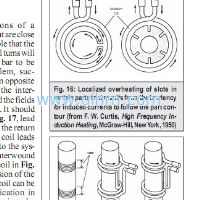

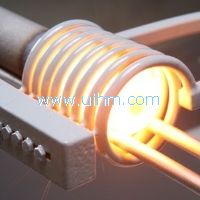
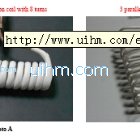
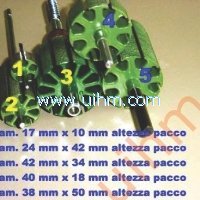
Newest Comment
No Comment
Post Comment